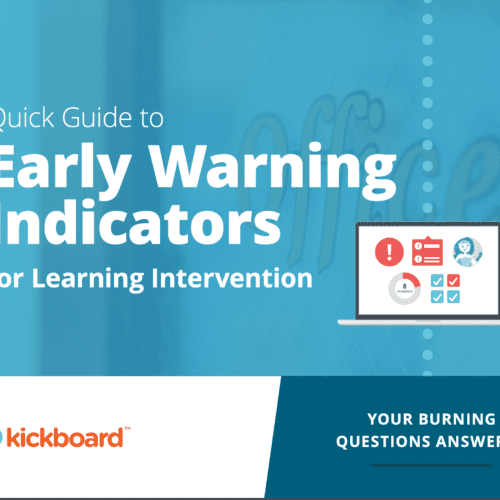 The abundance of broadcast and online multimedia channels means that audiovisual versions of an organization’s message can expand your reach. And it seems that an increasing number of communications and marketing professionals are hearing the siren call of video. eMarketer predicts that spending for mobile video ads will increase 614.8 percent by 2016.
The abundance of broadcast and online multimedia channels means that audiovisual versions of an organization’s message can expand your reach. And it seems that an increasing number of communications and marketing professionals are hearing the siren call of video. eMarketer predicts that spending for mobile video ads will increase 614.8 percent by 2016.
In addition to advertisements, you can create video versions of several PR materials, e.g., backgrounders could become a film about the company’s history. Instead of or in addition to brochures, you can use videos to explain benefits to employees, inform customers about services or changes (for example, McDonald’s nutritional journey video selections) or to tell the financial community about its growth and future prospects. Companies and organizations also create films for regional or national meetings, celebrations and award ceremonies and seminars and more.
Film and video require a written script and when writing for an audiovisual format, you not only have to think of writing for the ear but also for the eye. That is, you will not only have to keep the text concise and conversational (in order to suit the ear) but also give instructions for interesting visuals such as stock footage and illustrations (in order to please the eye).
In some instances, scripts are written after the video is shot. At other times, they are drafted well in advance of production. Whatever the case, expect to have your script go through many drafts and reviews.
In addition to finished videos, you may be able to simply submit a script to some television and cable outlets for items such as PSAs. Some outlets also allow for the option of sending relevant footage along with a suggested script. As with print outlets, you’ll have to research what each of the recipients will accept.
Format
The most common format for the A/V script is the two-column format. Give the left column a heading of“VISUALS” or“VIDEO” and place your visual instructions and descriptions there. The right column gets a heading of“AUDIO” and the text for audio and dialogue goes in that column.
Some script formats have corresponding video and audio directions directly opposite each other; in other formats, the audio direction begins opposite the last line of the corresponding video directions. The text for visual instructions is generally typed in upper case. In the audio column, the directions can be in upper case while the dialogue is in normal text or vice versa.
The two column format makes it very easy to see the connection between what is being heard and what is seen at any given point. It’s a good idea to make the audio column a bit wider than the visuals column. You can also opt to use software so you don’t have to worry about formatting.
While you may be used to providing a summary up front for print materials, a visual medium is going to need drama up front to capture attention. E.g.,“before-and-after” versions of a script for a volunteer recruitment video demonstrates the appeal of drama by comparing the summary method in the“before” version with an action sequence in the“after” version. Since you’ll be providing instructions for footage, it may help you to know some of the terms used to describe how close or far away a shot should be as well as other video and sound effects. You can get more tips on writing web video scripts from resources like MediaBistro’s tutorials.
Uses for Corporate Videos
In addition to sending them to producers, you can also post videos on your own website (like those on the USDA’s Food Safety and Inspection Service website) or on YouTube and Facebook fan pages. Web posting can extend stakeholders’ exposure to your promotional videos especially if all that a news show ran was a brief sound bite from the entire video.
A word of caution: Don’t just look at the numbers cited at the beginning of this post and feel compelled to jump on the video bandwagon. You need to determine whether video actually suits your needs, plans and organizational culture. If you can’t tie an idea for a video to a strategic objective, hold off until you can.







